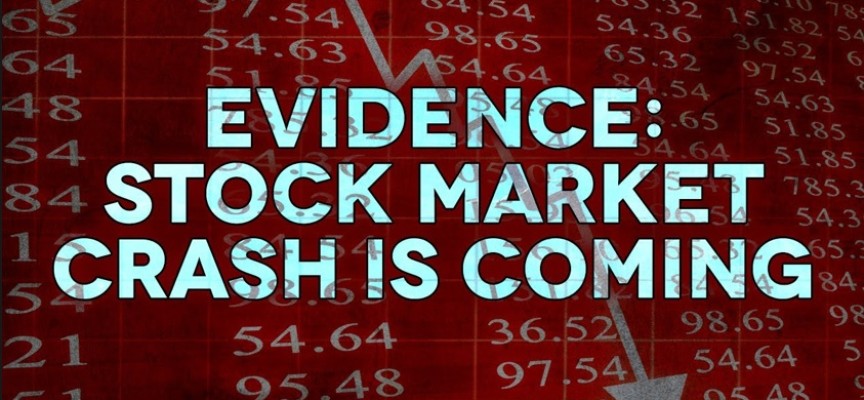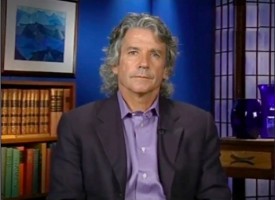10 Warning Signs – 2015 Market Crash Dead Ahead
By John Ficenec, Questor Editor
Stock markets opened lower on the first day of trading of 2015, and the credit markets that forewarned the 2007 crash are showing signs of strain. The FTSE 100 slid on the first day of trading in 2015. Here are 10 warning signs that the markets may drop further.
Vix Fear Gauge
For five years, investor fear of risk has been drugged into somnolence by repeated injections of quantitative easing. The lack of fear has led to a world where price and risk have become estranged. As credit conditions are tightened in the US and China, the law of unintended consequences will hold sway in 2015 as investors wake up. The Vix, the so-called “fear index” that measures volatility, spiked to 18.4 on Friday, above the average of 14.5 recorded last year.
Interest Rate Shock
Interest rates have been held at emergency lows in the UK and US for around five years. The US is expected to move first, with rates starting to rise from the current 0-0.25pc around the middle of the year. Investors have already starting buying dollars in anticipation of a strengthening US currency, with the pound falling 10pc against the dollar since July to hit 1.538 on Friday. UK interest rate rises are expected by the end of the year.
Bull Market Third Longest On Record
The UK stock market is in its 70th month of a bull market, which began in March 2009. There are only two other occasions in history when the market has risen for longer. One is the period leading up to the great crash in 1929 and the other before the bursting of the dotcom bubble in the early 2000s. UK markets have been a beneficiary of the huge balance sheet expansion in the US. US monetary base, a measure of notes and coins in circulation plus reserves held at the central bank, has more than quadrupled from around $800m to more than $4 trillion since 2008. The stock market has been a direct beneficiary of this money and will struggle now that QE3 has ended.
Overvalued US Market
In the US, Professor Robert Shiller’s cyclically adjusted price earnings ratio – or Shiller CAPE – for the S&P 500 is currently at 27.2, some 64pc above the historic average of 16.6. On only three occasions since 1882 has it been higher – in 1929, 2000 and 2007.
Professional Investors Exit
Professional investors are already making for the exit. The Bloomberg smart money flow index tracks the market movements at the end of the trading day on the Dow Jones, when professional investors tend to make their move. The index showed heavy buying activity from 2009 onwards as professional investors followed central banks' money into the markets, achieving record gains during the past five years. That trend was reversed from the beginning of 2014 and the smart money is now making for the exit, as the S&P 500 carries on rising to new record highs.
The structure of global capital markets is such that the $68 trillion equity market is riskier and sits on top of a credit market worth more than $100 trillion. As yields have fallen in the credit markets, the excess profits have flowed up to equity, in turn lifting stock markets to record highs.
The reversal of that trend, one of increased risk and rising credit yields will reduce returns to equity and send shockwaves through stock markets. The warning signs are not all flashing red just yet but investors would do well to head these indicators that suggest caution and prepare their portfolio before the crowd flocks to the exit.
TO READ MORE: By John Ficenec, Questor Editor






